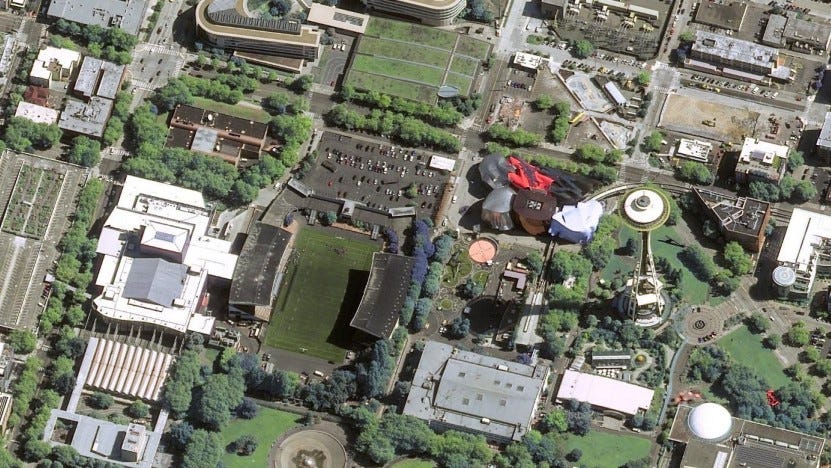
Written by
Mary Jo Foley, Contributor

Mary Jo Foley
Contributor
Mary Jo Foley has covered the tech industry for 30 years for a variety of publications, including ZDNet, eWeek and Baseline. She is the author of Microsoft 2.
Full Bio
Posted in All About Microsoft
on December 9, 2021
| Topic: Cloud

Credit: Microsoft
Last fall, Microsoft launched its Azure Space initiative, which was designed to position Azure as a key player in the space- and satellite-related connectivity/compute part of the cloud market. On December 9, Microsoft provided updates on Azure Space, plus a new partnership with Airbus that falls under the Azure Space banner.
Microsoft officials said today that Azure Orbital is now in public preview. Azure Orbital allows customers to communicate with and control satellites from Microsoft’s own and its partners ground stations. Microsoft also is integrating more of its other services with Azure to serve users who are interested in Azure Space capabilities. Microsoft is touting SpaceEye, a Microsoft Research AI project focused on cloud-free optical and multispectral imagery, as helping users “see” through clouds, and is enhancing imagery with its Project Turing image-enhancement technology.
Via its new partnership with Airbus, Microsoft is bringing Airbus’ high-resolution satellite imagery and elevation data into Azure Maps. By combining Airbus’ imagery and Azure Machine learning and other artificial intelligence services, customers can better handle tasks like anticipating supply-chain disruptions by analyzing shipping routes, traffic patterns and global buying trends, Microsoft officials said.
Microsoft also is unveiling a new virtualization partnership with iDirect, which is a satellite provider, as well as additional goespatial and data analytics partnerships with ESRI, Blackshark and Orbital Insight as part of today’s milestone updates.
Azure Space isn’t just for companies in the space industry. It’s meant to appeal to companies in public and private industry customers in the agriculture, energy, telecommunications, and government markets. It’s also meant for any customer with remote-access and bandwidth needs.
Microsoft’s main cloud rival, AWS, announced its own space-industry strategy and space unit called Aerospace and Satellite Solutions, in June 2020. It also has created its own satellite connection service, AWS Ground Station, and a satellite venture called Project Kuiper which competes with SpaceX’s Starlink and other satellite networking providers. Microsoft announced last year that Elon Musk’s Space X was one of its marquee Azure Space partners. Microsoft is working with SpaceX to provide satellite-powered Internet connectivity on Azure.
Last month, Microsoft created a new Strategic Missions and Technologies team as part of a reorg of its Cloud + AI business. This new team groups together Microsoft’s U.S Federal business, Azure Space & Mission Engineering, Azure for Operators (its telco-focused business); and Azure Quantum, and is designed to accelerate those businesses.
Cloud
These researchers wanted to test cloud security. They were shocked by what they found
Amazon unveils AWS Cloud WAN for geographically dispersed networks
Microsoft and KPMG are working on quantum cloud projects for business
The best cloud certifications in 2021
Microsoft
|
Digital Transformation
|
Data Centers
|
CXO
|
Innovation
|
Storage